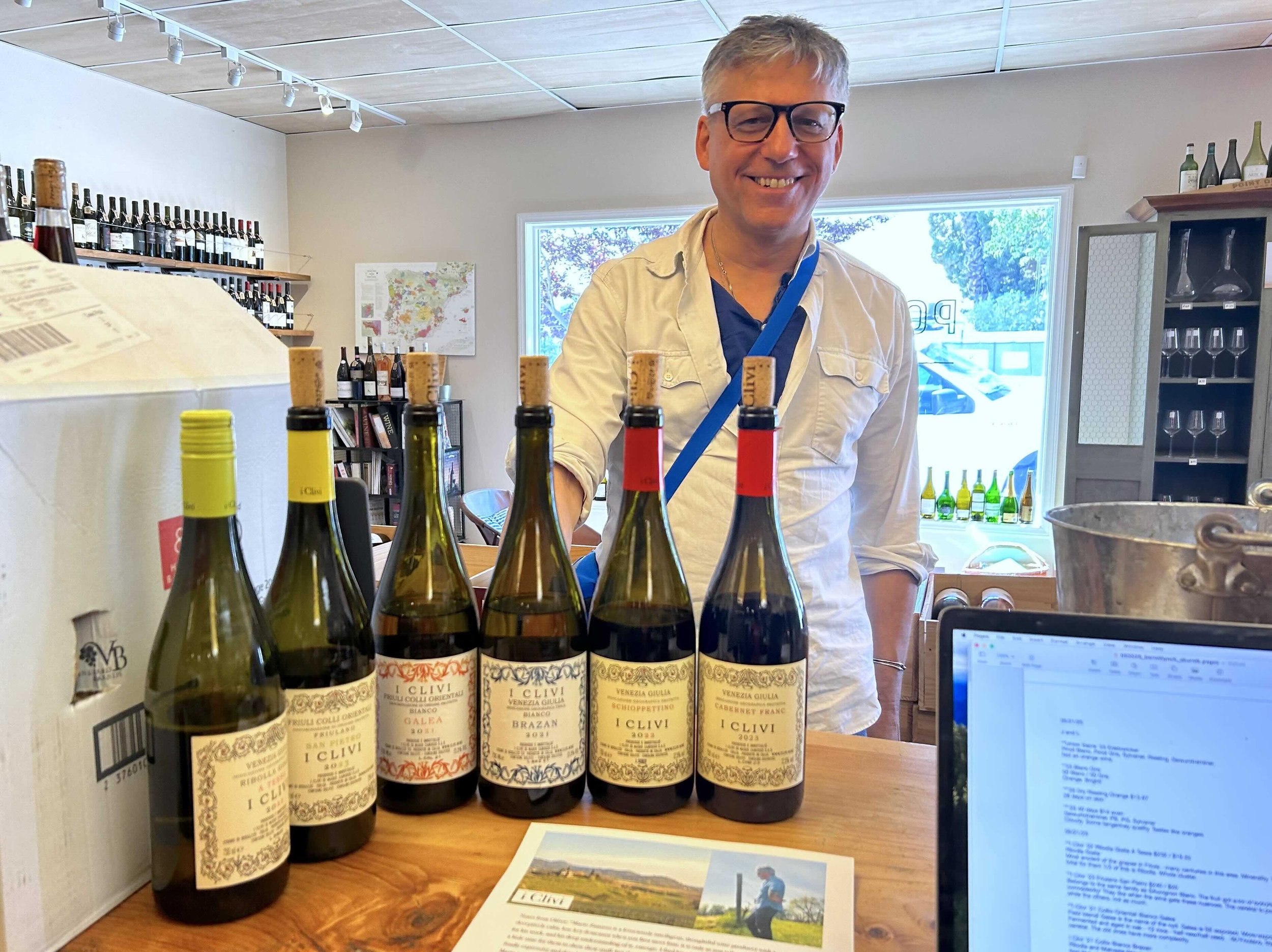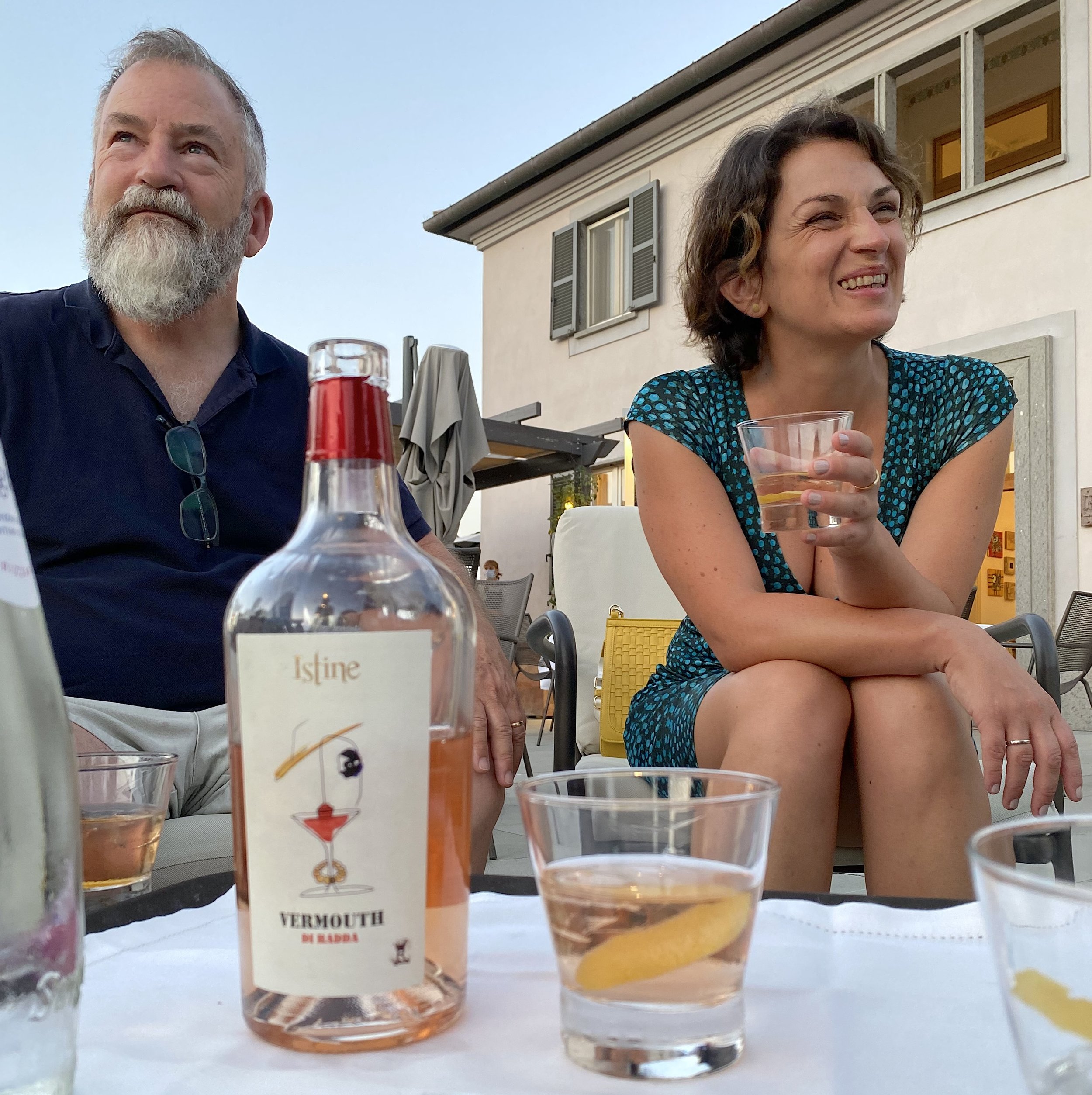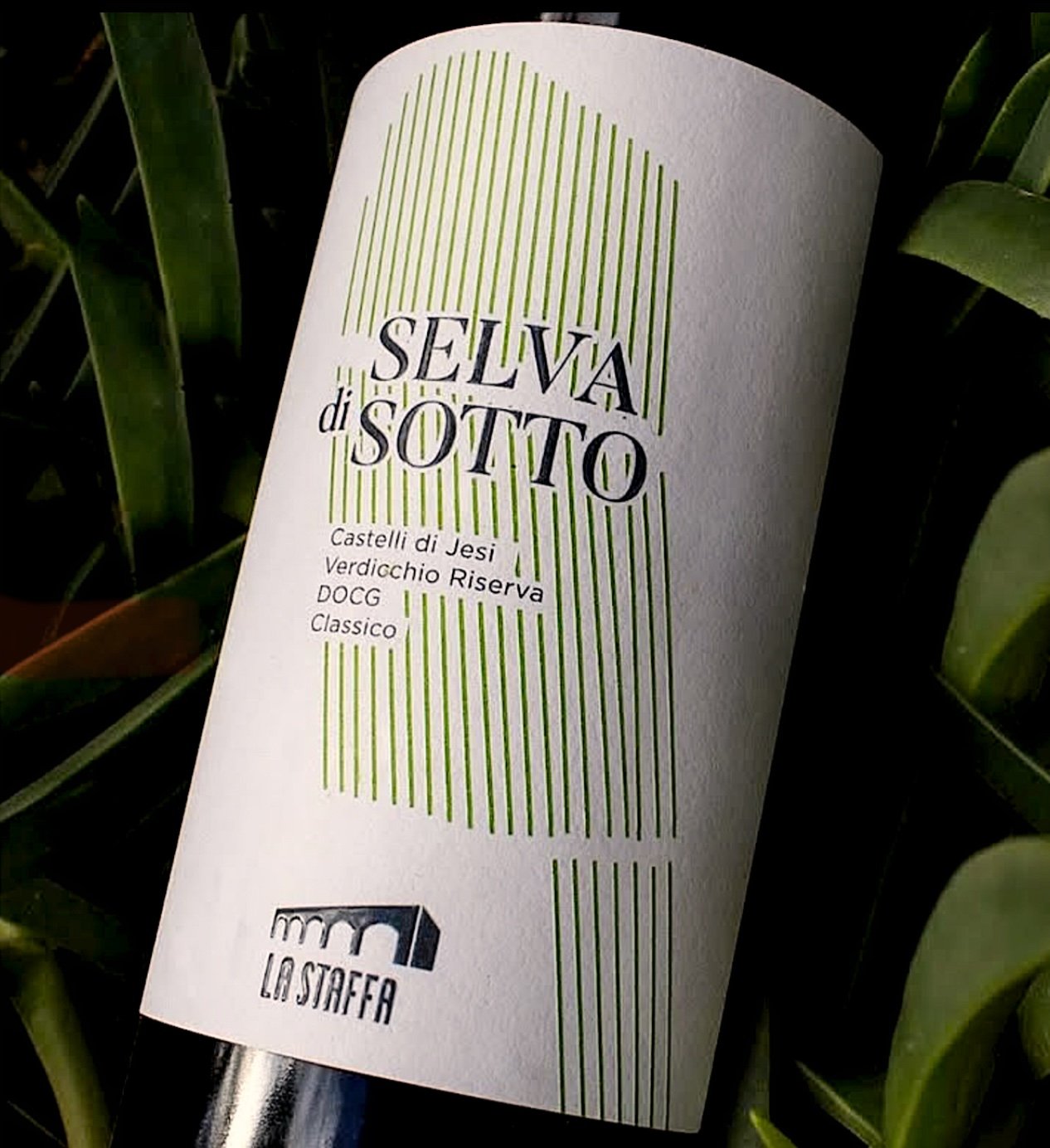Whether its MW Patrick Schmitt’s latest article about the impact of French grapes grown in Italian soil, or Eric Guido’s most recent inclusion of Alta Langa in a Vinous dossier about Italy’s top sparkling wines, the success story of Ettore Germano seems ready to be told, along with a greater appreciation of the Alta Langa DOCG as a whole.
Sparkling wine from Alta Langa can be traced back to the 19th century; however, the region was only given DOCG status in 2002, after a number of producers banded together in a commitment to supreme quality—méthode champenoise production, noble grape varieties, etc. With its high altitudes and heavy clay and limestone soils, it’s no surprise that Chardonnay and Pinot Noir have begun to thrive in Alta Langa’s environment.
Our own Ettore Germano, known primarily for powerful Barolos, is one of the key producers of Alta Langa sparkling wine and the three most recent releases will immediately shed light on as to why. The 2020 Germano Alta Langa is a blend of 75% Pinot Noir and 25% Chardonnay that combines richness with acidity, minerality, and elegance, while the 2016 Blanc de Blanc and Blanc de Noir expressions showcase additional lees aging and the intricate precision of both varieties on their own.
The electricity and citric character of the Alta Langa Chardonnay as a stand-alone wine is truly something to behold, as are the incredible stone fruit and spice notes of the Pinot Noir. As Eric Guido wrote in his 94 point review of the Blanc de Blanc: “The 2016 is complex yet remarkably fresh, especially considering the sixty-five months it spent maturing on its lees. Nicely done.”
Given that Alta Langa sparkling wines are made the exact same way as Champagne, with the same grapes as Champagne, and from similar soils to Champagne, it should come as no surprise that many of the top Alta Langa expressions command similar prices to the top Champagne bottles on the market. That being said, given the 5+ years of lees-aging alone, the price for Germano’s vintage-dated riserva expressions could be much, much higher than the $79.99 MSRP (and many American retailers are far below that price).
We feel the value that Germano’s Alta Langa sparkling wines provide in comparison to top producers around the world is as important to their appeal as is their impeccable quality. As Patrick Schmitt points out in his aforementioned article, “this is a time when the spotlight is firmly on the role of indigenous grapes in historic wine regions – both as a way of finding differentiation in a crowded market, but also as a source of well-adapted vines in a warming climate.” Hence, “focusing on foreign varieties is a counter-trend,” and not necessarily the romantic story that diehard Italian wine enthusiasts are chasing at the moment.
With the focus in our market clearly on Italian grape varieties with a century or more of traditional production, the newly-minted Alta Langa DOCG doesn’t fit neatly into that narrative unless you know the full backstory. Alta Langa sparkling wine production actually dates back more than 170 years to the 1860s, when Carlo Gancia returned home to Piedmont after studying the production of sparkling wine in Reims at the heart of the Champagne region. His experiments with “metodo classico” fermentation with Moscato in Piedmont paved the way for future Chardonnay and Pinot Noir blends that ultimately created the category.
Although the Alta Langa DOCG only dates back to 2002, many of the region’s top producers have been making Chardonnay and Pinot Noir-based sparkling wines for some time and the age of their vines exemplifies that history. As an example, Germano’s Chardonnay vines were installed years before the DOCG was finalized and have spent decades digging into the limestone-rich hillside in which they were planted.
So, as you decide which bottle of bubbles to celebrate with this New Year’s Eve, let us suggest the following: find a bottle of Ettore Germano Alta Langa and drink it along side your Champagne of choice. Compare and contrast, ponder the details, and decide for yourself if the merit is deserved. At the very least, you’re in for a very entertaining evening. At the very most, you’ll have discovered one of the most under-appreciated wines in all of Italy, if not the globe.


















